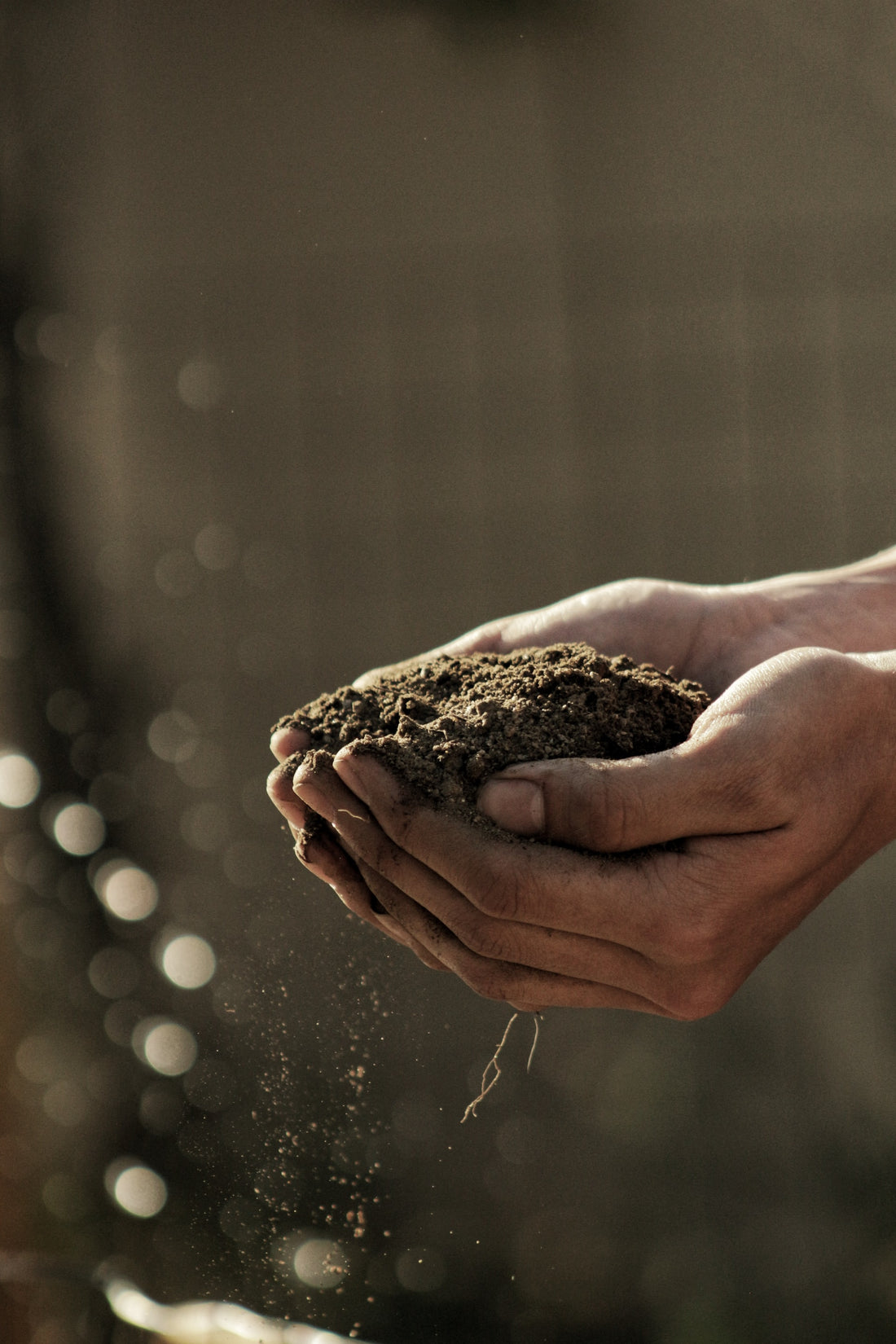Greens and Browns
Successful composting starts with proper balancing of green (nitrogen-heavy) and brown (carbon-heavy) materials. If they are out of balance, the pile can become smelly or take a very long time to produce good compost.Green materials include kitchen scraps, any type of food waste, green leaves, and plants. Brown materials are dead leaves, sawdust, branches, paper, straw, and wood chips. These materials must be added in sequence; you can't throw in a bunch of one without the other. The two types of materials combined produce the microbes, heat, and decomposition that creates such a nutrient-rich compost.
The ideal ratio is 3:1 brown to green materials.
Yes, Compost This
It's helpful to make a list of these items and post it somewhere easily accessible for quick reference.- Kitchen scraps, cooked and uncooked (see "No" list to find out what kitchen scraps should be avoided)
- Leaves
- Sawdust
- Small-sized yard debris
- Garden debris
No, Don't Compost This
- Meat, bones, fish
- Dairy
- Eggs
- Butter, fats, cooking oil, grease, lard
- Oily salad dressings
- Nut butters, heavy in oils
- Coffee pods
- Teabags (many are made with plastic or nylon fibers)
- Coated cardboard (waxy lined cartons, boxes, and bags)
- Large pieces of wood or lumber
- Charcoal or ashes from the grill
- Treated lumber
- Black walnut leaves/branches (they contain juglone, a toxic element for plants)
- Synthetic fertilizers (from potted plants or otherwise)
- Yard material treated with pesticides or herbicides
- Diseased plant material
- Anything containing chemicals that may kill or hurt the crucial microbes in the compost pile and contaminate the soil
Pay Attention To Smells
A compost pile with too much nitrogen (green materials) becomes stinky and slimy. This is not a good thing. On the other hand, too much carbon (brown material) turns the pile dry and slow. This also isn't ideal. It is best to err on the side of too much carbon, though, instead of the other way around. A stinky compost pile is no fun for anyone and attracts animals.Listen To Your Compost Pile
If it's stinky, adjust the brown to greens ratio or add a layer of dry leaves or straw on top. If it's ultra-dry, water it. If you pay attention regularly, you'll know what your compost pile needs. There are many resources online that will help you troubleshoot any problems you notice. Make it a practice to spend 5 minutes with the compost pile once a week and check out how it looks and smells. Most issues are easily remedied by adjusting the ratio of greens to browns.Don't Hurry
Composting takes time. Sure, some folks will tell you there's a sure-fire way to have great compost in 6 weeks. But, that usually involves investing in some fancy products or spending a lot of time working the pile. For the DIY low-fuss compost practitioner, take it easy. There's no rush. Focus on doing it right as opposed to quickly.Here's the thing; even if you get it to turn into compost quickly, you still have to wait six months for it to mature. The maturation is essential to develop the compost further and make it more bio-accessible for plants in the garden.



